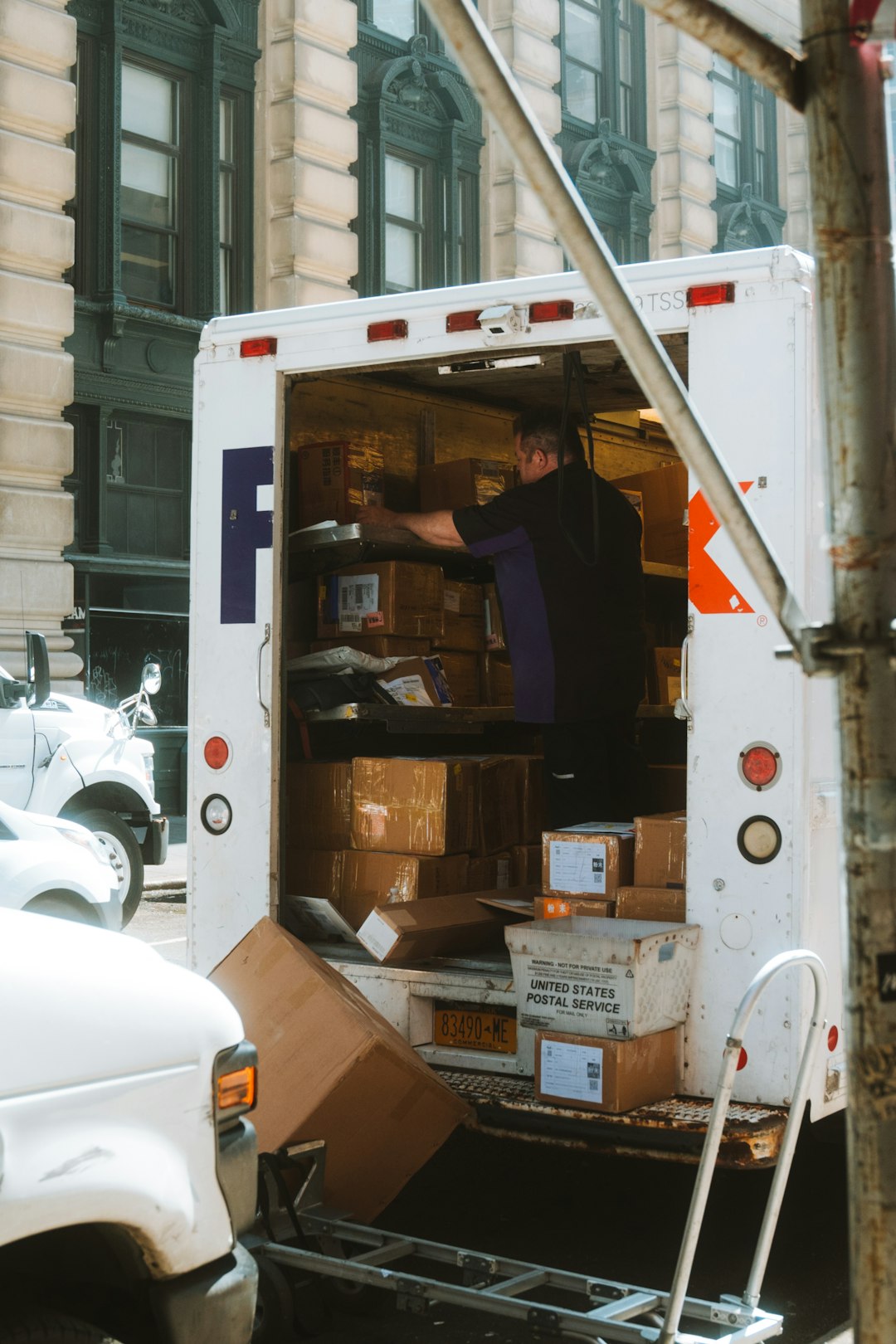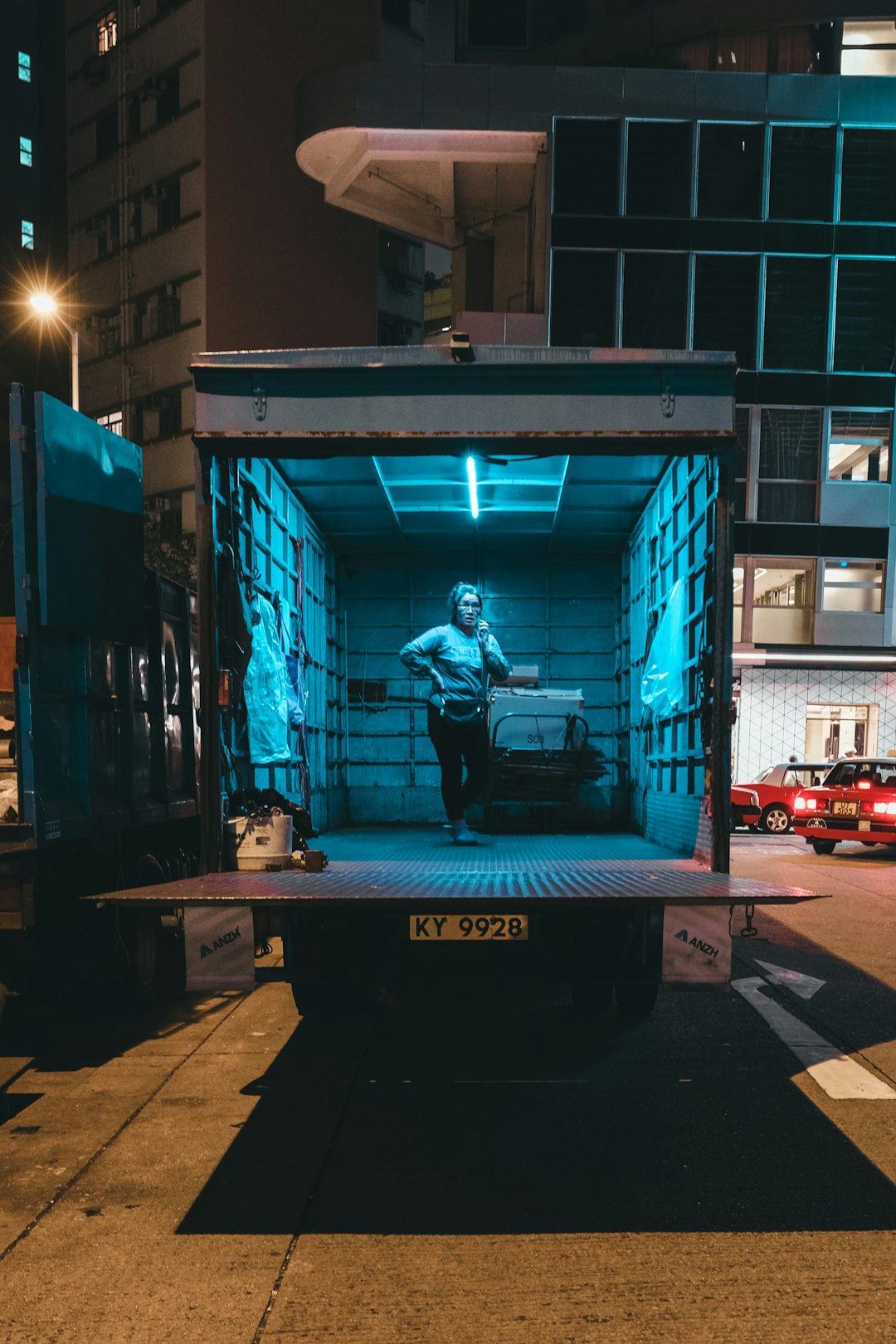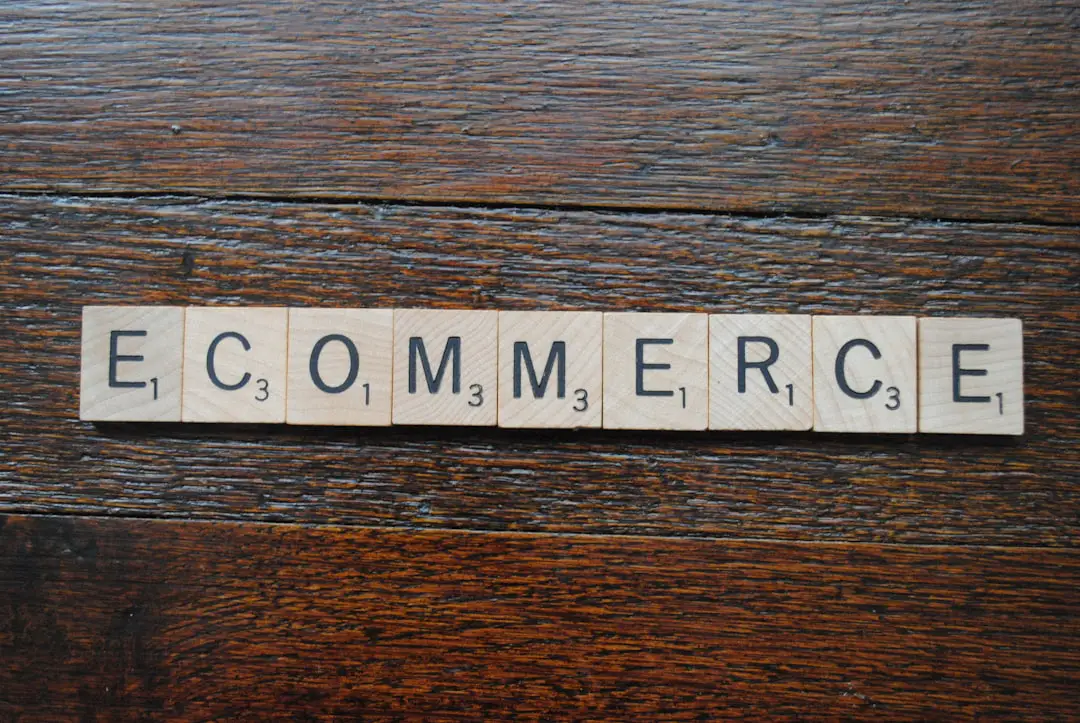So, you’re ready to launch your Amazon FBA business? That’s awesome! 🎉 But wait — how do you actually get your products to Amazon’s warehouse? That’s where shipping comes in. And trust us, it’s not as scary as it sounds. Let’s break it down into simple steps, and you’ll be a pro in no time.
What Is Amazon FBA Shipping?
FBA stands for Fulfillment by Amazon. Basically, you send your products to Amazon’s big warehouses. Then Amazon packs, ships, and handles customer service for you. Pretty cool, right?
But first, your products need to get there. That’s where this guide comes in. Let’s learn how to do it right!
Step 1: Choose Your Product and Supplier
You’ve got your winning product in mind, and you’ve found a reliable supplier. Now, figure out how the goods will travel:
- Domestic supplier: Great! Shipping will be faster and cheaper.
- Overseas supplier: No worries! You just need more planning and maybe a customs broker.

Step 2: Set Up Your Shipment in Seller Central
Log into your Amazon Seller Central account. Go to the Manage Inventory section and create a shipping plan. Amazon will tell you where to send your products — they might get split and go to different warehouses.
Don’t freak out! This is normal. Amazon does this for faster fulfillment later on.
Step 3: Prepare and Label Your Products
This part is super important. Amazon has strict rules for how your items must be packed and labeled.
Here’s what to remember:
- Use strong boxes, bubble wrap, or poly bags
- Each item needs a barcode (FNSKU label)
- No loose items — everything must be secure
If labeling feels like a headache, you can ask your supplier to do it for you, or pay Amazon a small fee to label items when they arrive.
Step 4: Choose a Shipping Method
You have a few cool options here. Pick what’s best for your budget and timeline.
- Small Parcel Delivery (SPD): Perfect for sending a few boxes via UPS, FedEx, or USPS
- Less Than Truckload (LTL): Better for larger shipments that don’t fill an entire truck
- Full Truckload (FTL): Hey big timer! Use this if sending large amounts at once
P.S. Amazon has discounted deals with UPS — take advantage of it!

Step 5: Book Your Shipment
If your supplier is helping, they’ll arrange everything. If not, you’ll need to book a freight forwarder or shipping carrier yourself.
Popular freight forwarders include:
- Flexport
- Freightos
- ShipBob
Make sure you track your shipment, especially if it’s coming from overseas. Customs delay = stress!
Step 6: Track and Monitor
Your items are on their way. Yay! Keep an eye on tracking numbers and updates in your Seller Central.
When Amazon receives everything, they’ll scan them in — that’s when your product becomes “live” and ready to sell. Woohoo! 🎉
Pro Tips for FBA Shipping Success
- Double-check dimensions and weights. Wrong info = extra fees.
- Don’t mix items in boxes. Keep your SKUs neat and separate.
- Avoid peak season delays. Plan smart during holidays.
- Communicate with your supplier. Always confirm timelines.

Conclusion
Shipping to Amazon FBA isn’t magic, but it kind of feels like it when your business starts rolling.
Keep it simple:
- Plan ahead
- Stay organized
- Follow Amazon’s rules
Before you know it, your products will be flying off the shelves (okay, metaphorically) and landing in customers’ hands. 📦
You got this! 🚀
